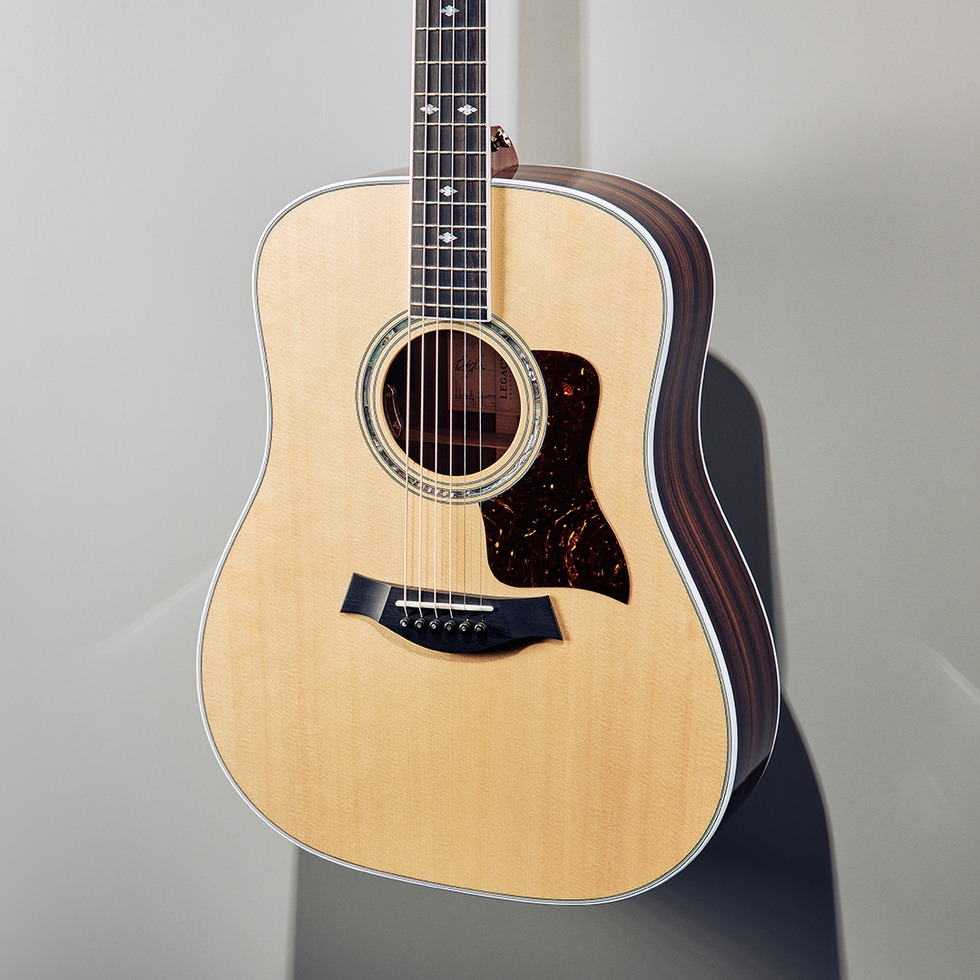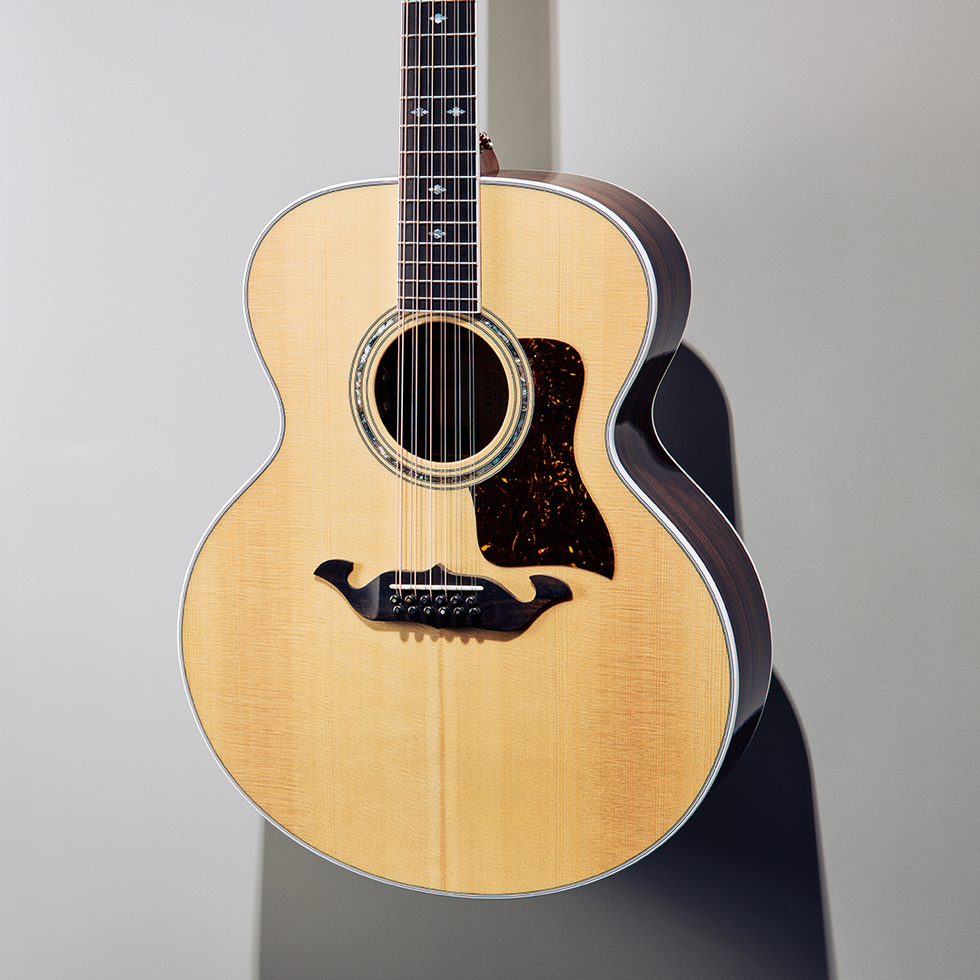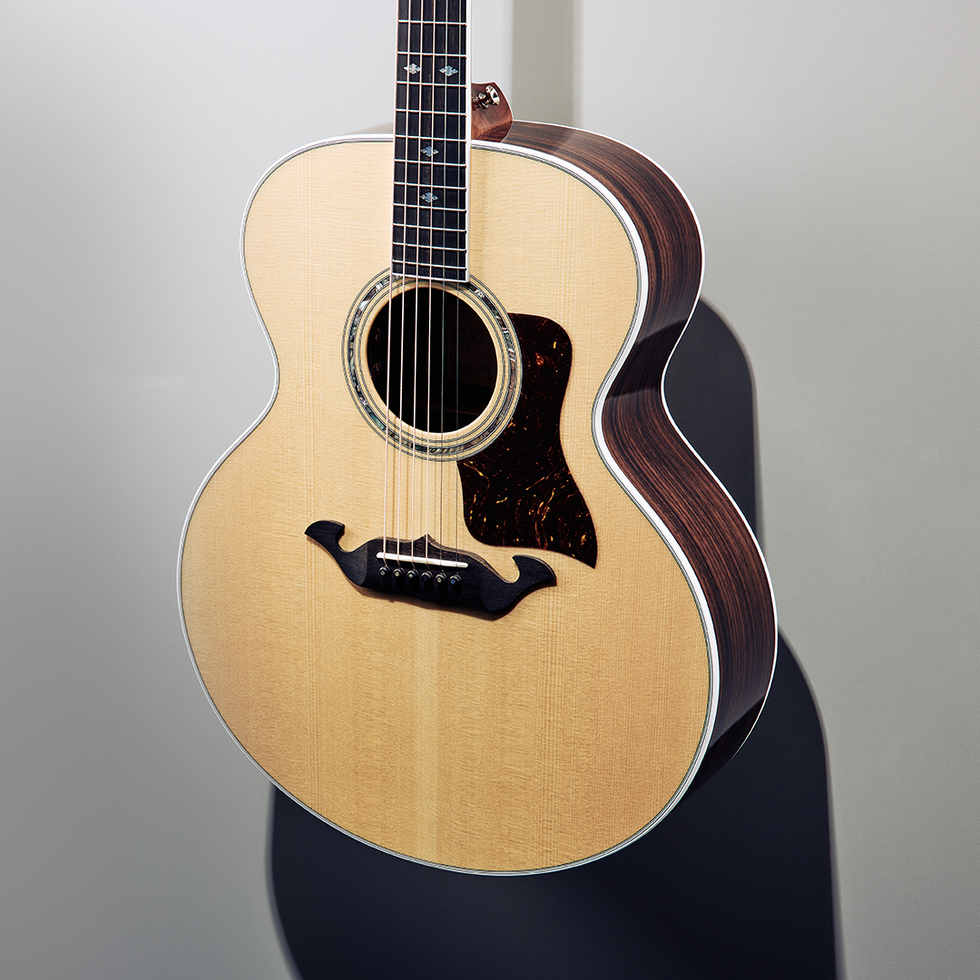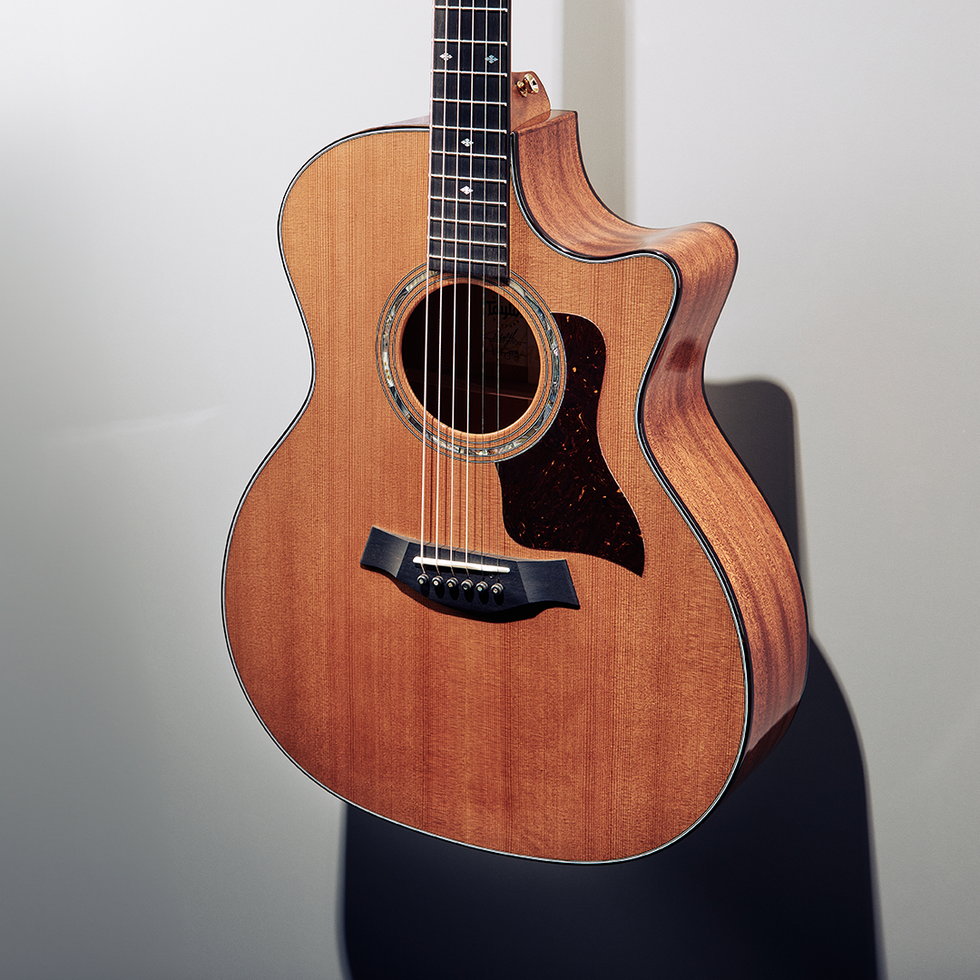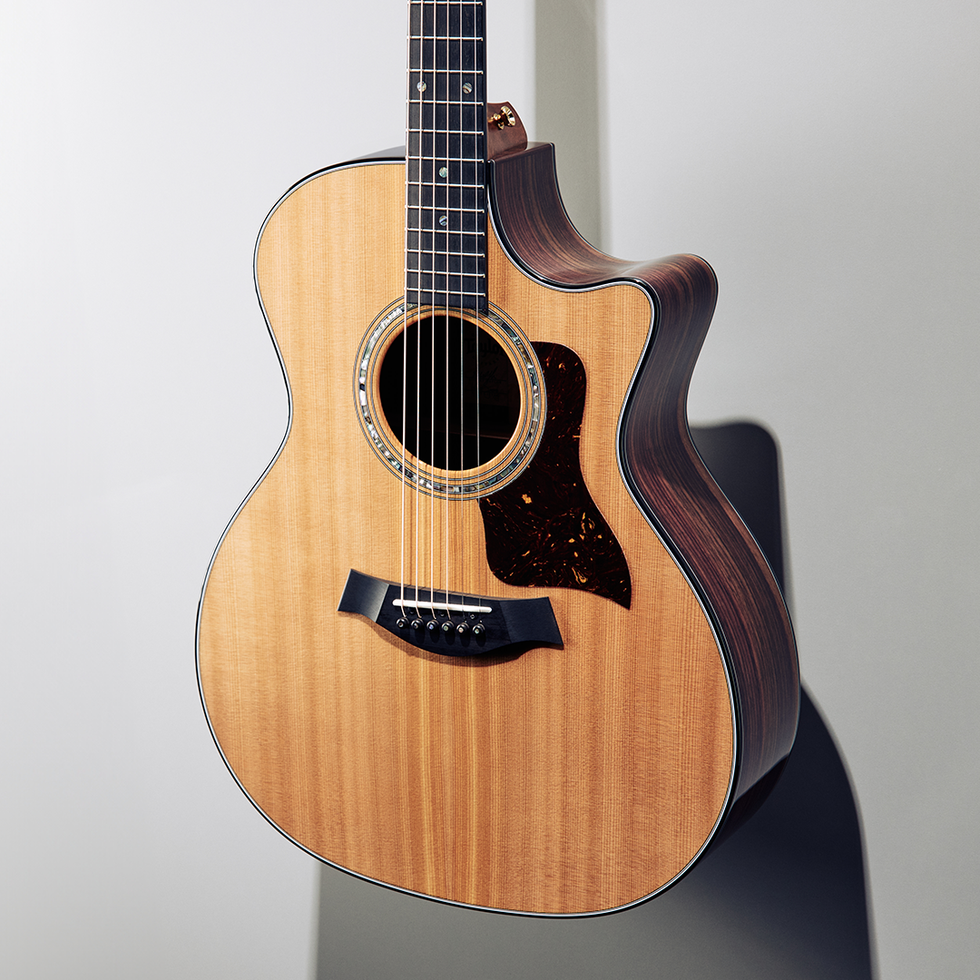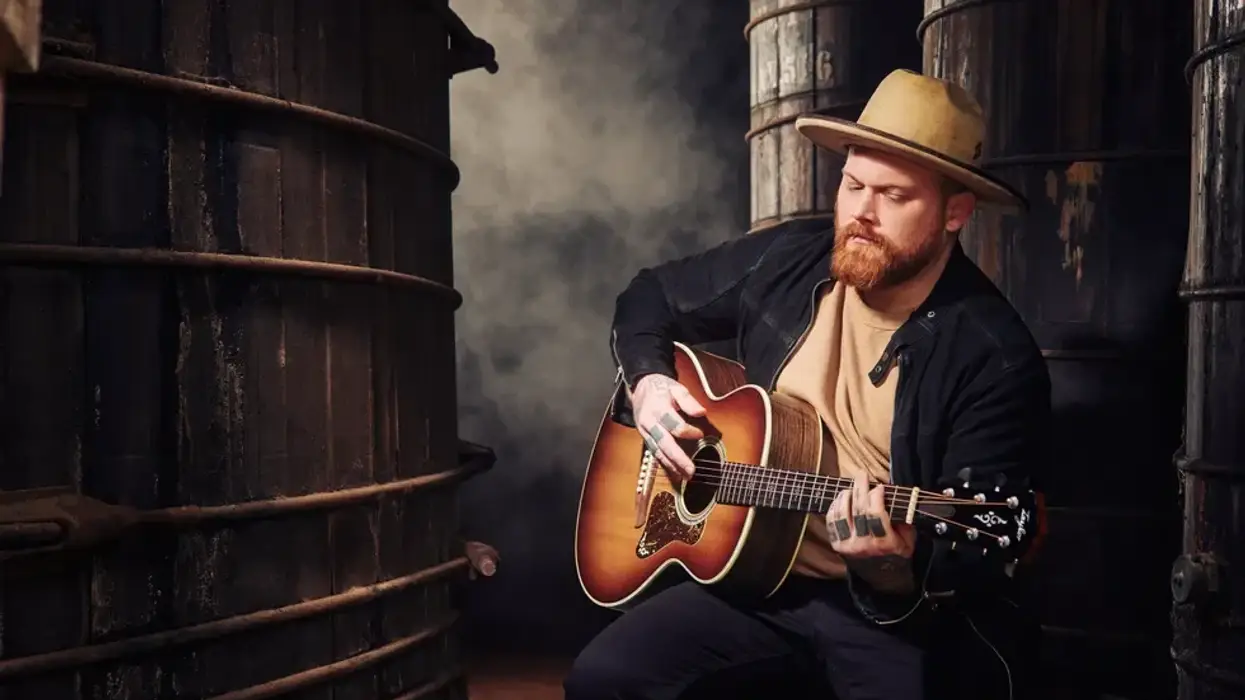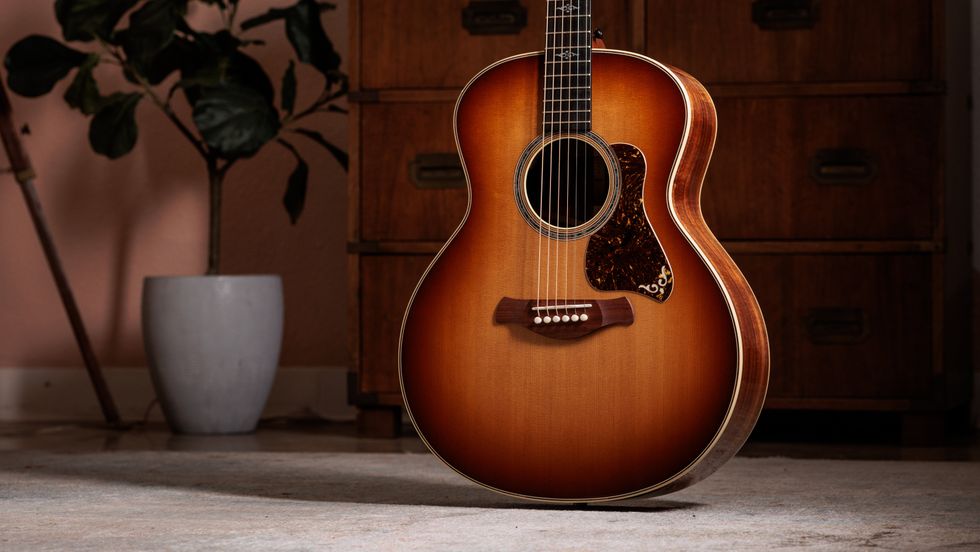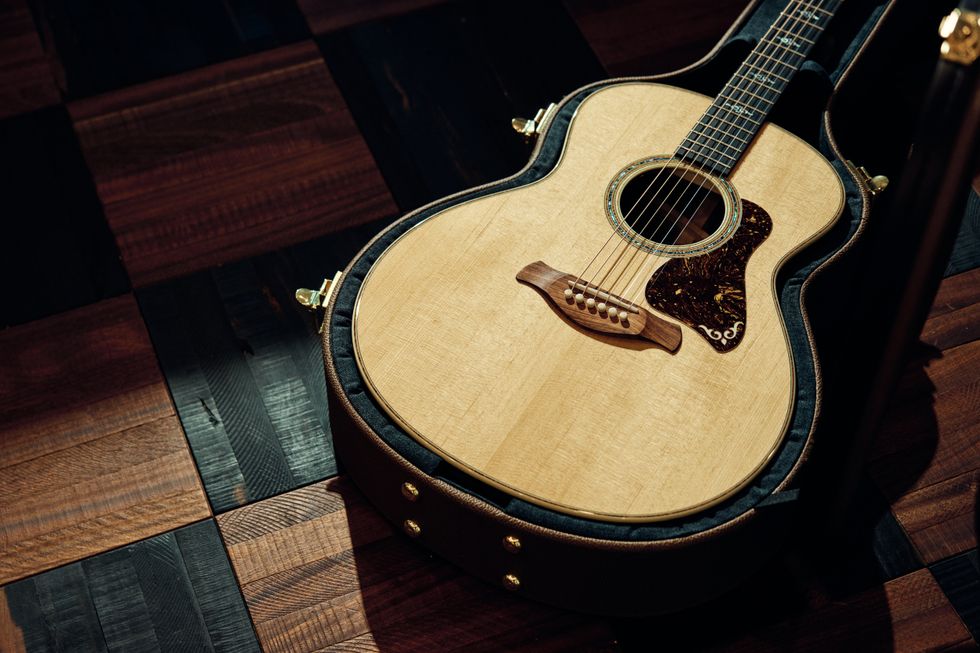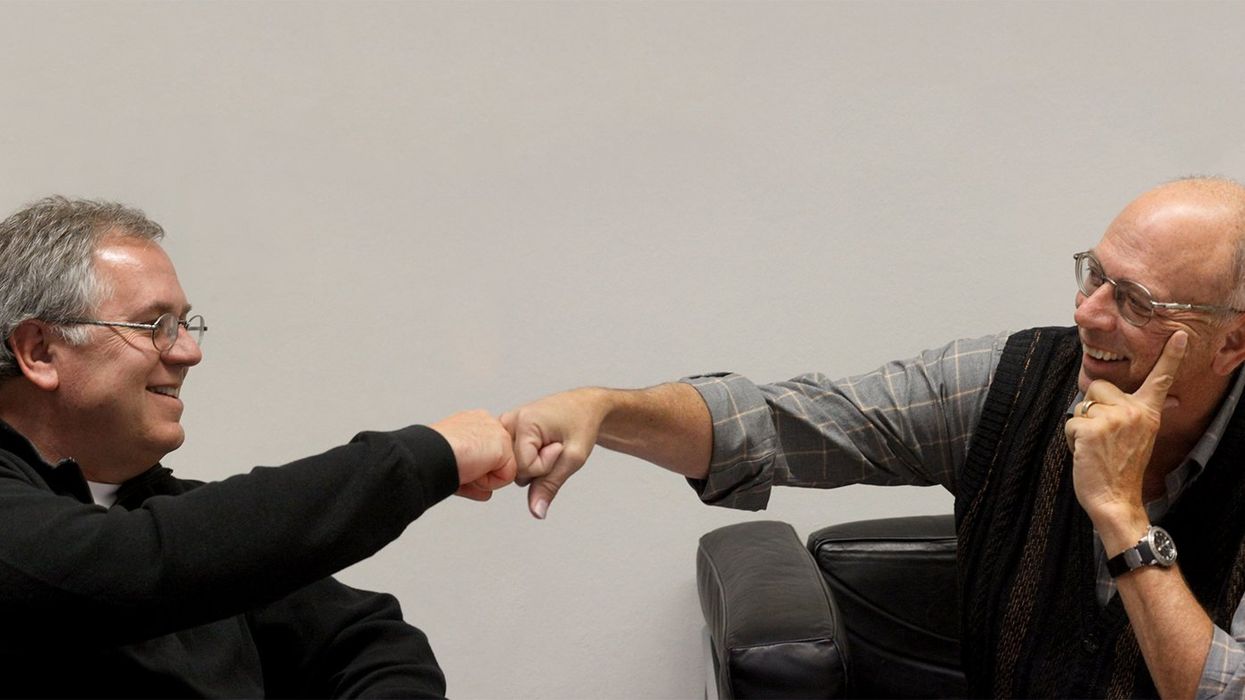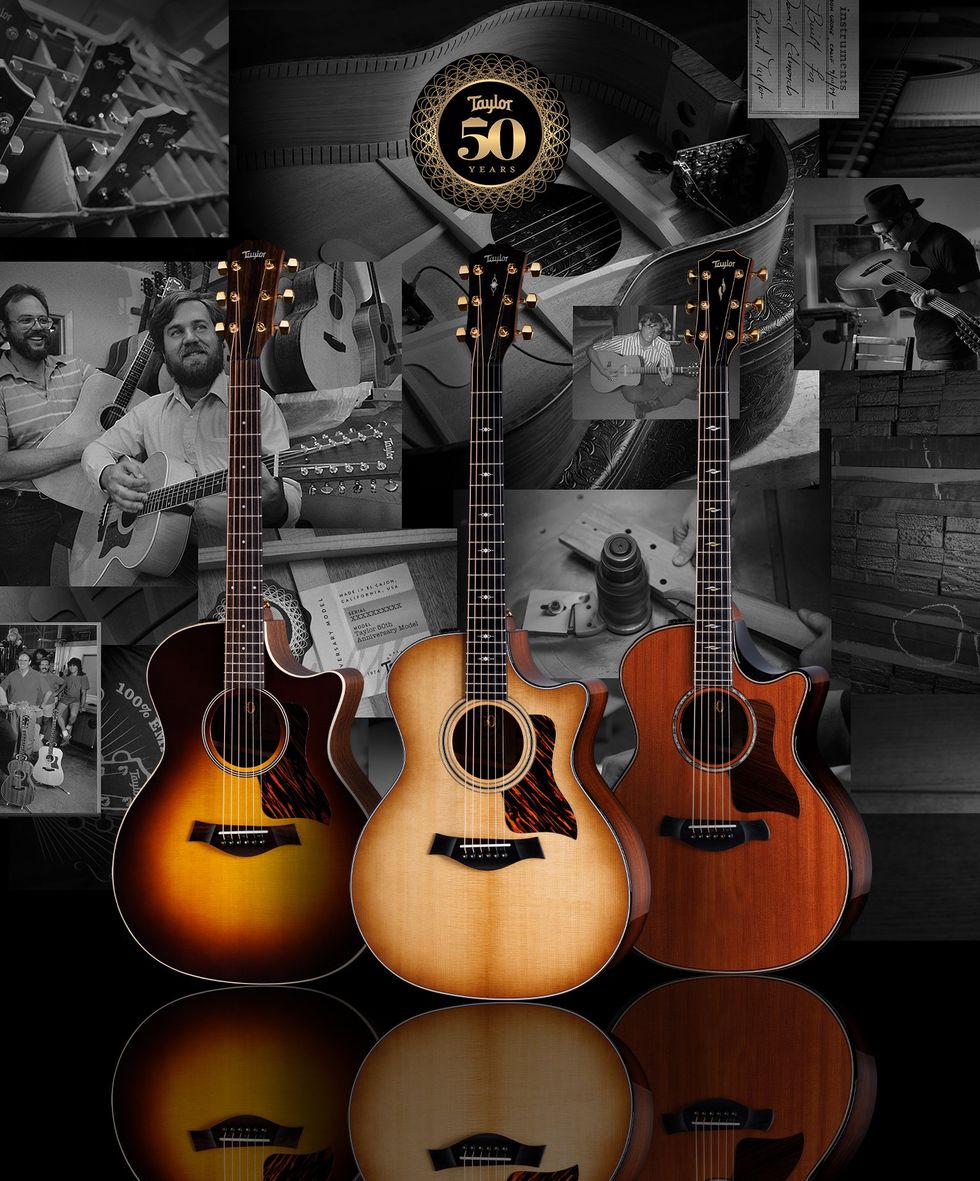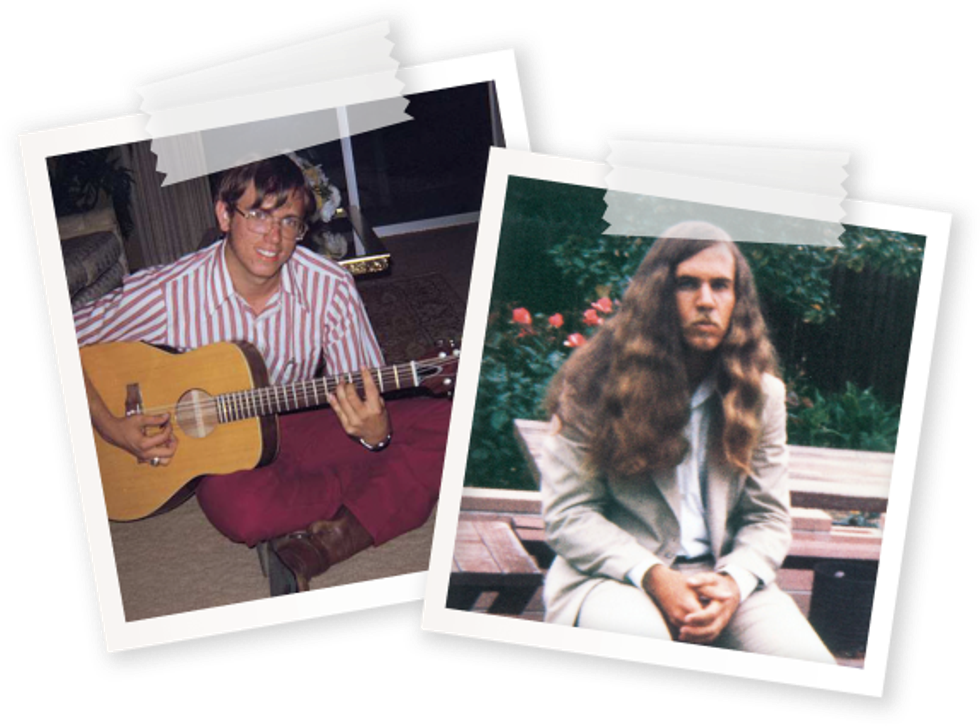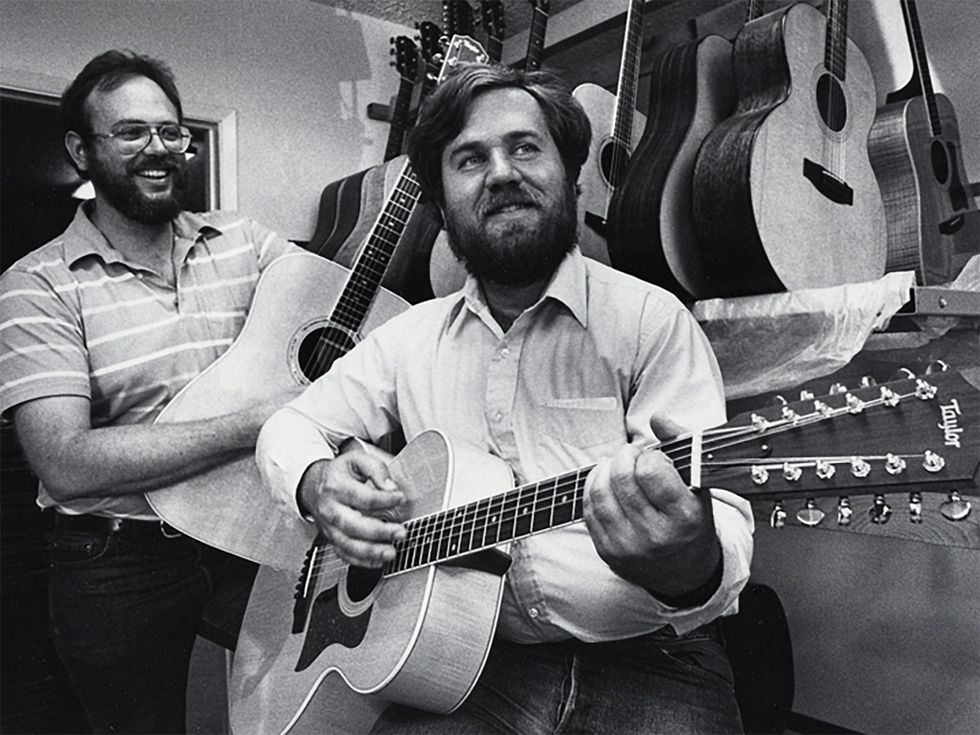Line 6’s DL4 Delay Modeler turns 25 and gets a supercharged update.
As long as humans have been creating art, they have also been inventing new tools for expressing that art. From the paintbrush to the synthesizer, new technologies have driven paradigm shifts, providing artists with fresh creative avenues. Technology drives the art, as they say.
That’s certainly been the case with Line 6’s DL4 Delay Modeler. Originally conceived as a humble digital delay, the Big Green Monster has created a niche of its own, serving as ground zero for entire new genres of indie and experimental music. Since its release 25 years ago, the DL4 has enhanced the creative palettes of artists ranging from Joe Perry, Mike Campbell, Dave Grohl, and Joe Satriani to Bill Frisell, Thom Yorke, and Ed O’Brien.
Nearly a quarter century later, Line 6 has introduced the DL4 MkII. The updated version features a smaller footprint, as well as increased delay time, sampling and recording via built-in micro-SD card reader, MIDI functionality, and a host of new effects algorithms from Line 6’s legendary HX family of amp and effects processors.
Inauspicious Beginnings
In the late 1990s, fresh from making a disruptive splash with their eye-catching POD amp modeler, the fledgling startup Line 6 set their sights on creating a series of pedals that would further extend their reach into digital emulations of effects. Plans called for the DM4 distortion modeler, the MM4 modulation modeler, the FM4 filter modeler, and the DL4 delay modeler.
The DL4 would include models of classic delays like the Echoplex and Roland Space Echo, as well as Line 6’s own innovative delay algorithms. But it was the DL4’s other features that would pique the interest of adventurous musicians, including a first-of-its-kind tap-tempo function and, of course, its now-legendary looper.
Jeorge Tripps was running his own boutique pedal company, Way Huge, when he was invited to consult with Line 6 on modeling vintage pedals. A few months into the project he was offered a position with the company. “Line 6 was like college for me,” Tripps recounts. “I had worked on things on my own, but developing a product with a team was really an education. Ideas are easy, but bringing a product to fruition as a team was a whole different experience.”
The team comprised the cream of the Line 6 brain trust, including co-founders Michel Doidic and Marcus Ryle, as well as product developers Greg Westall, Jeff Slingluff, and Patrick O’Connor, engineers Nigel Redmon and Kevin Duca, industrial designer Lucien Tu, and numerous other contributors. As Tripps observes, the input of those different perspectives was critical to the project.
“Most of us were also players, and that made a difference. You can create a product that’s great from an engineer’s perspective, but when you put it the hands of an artist, they might see something completely different in it.”
Keep It Simple
Simplicity was part of the design goal of the DL4. “The idea was to create a digital pedal with analog functionality,” explains Tripps, adding that he had limited input into the design. “Much of it was already planned out by the time I joined the project. The industrial design was there. I had to figure out how to map functions to the existing hardware.”
The interface was straightforward: a 16-position mode selector knob, five knobs to adjust parameters, and four analog-style footswitches: Record/Overdub, Play/Stop, Play Once, and 1/2 Speed/Reverse. It was Tripps who suggested the fourth button be used for tap-tempo function.
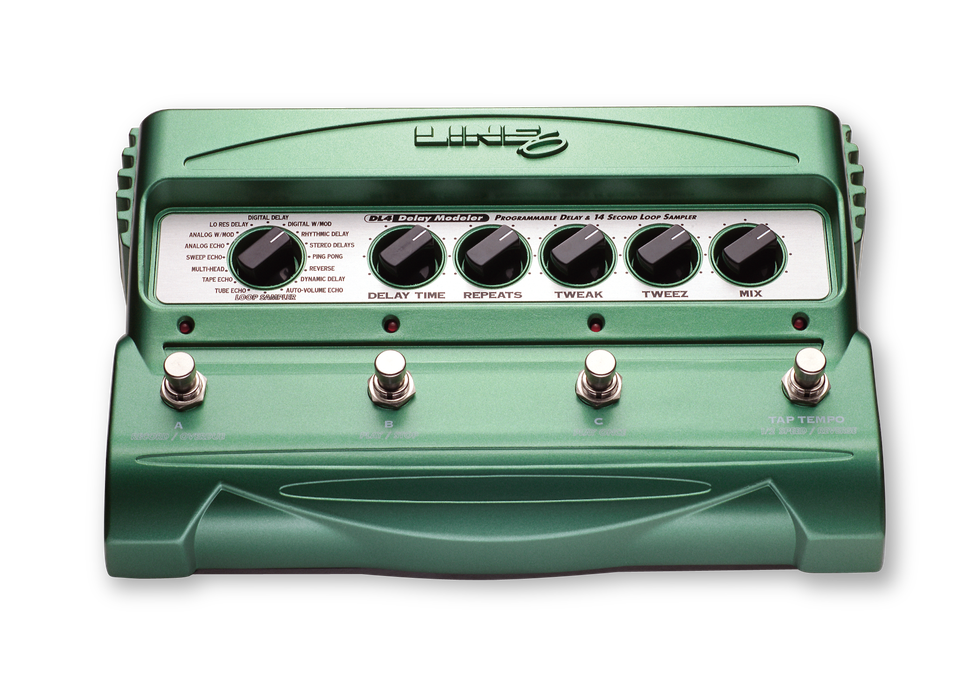
The DL4 also incorporated stereo outputs, which was something of a last-minute addition. “When the DL4 first came out, very few guitarists were playing stereo rigs,” Tripps reports. “We put it in there just because it was cheap and easy to implement. Only after it was out for a while did people start discovering it.”
Tripps also played a key role in promoting the looper, which was in some ways almost an afterthought. Of course, looping itself was nothing new. The Echoplex and other tape-based delays had been around for decades. But analog delays were expensive and unwieldy for live work, and the early digital pedals didn’t have a lot of memory—certainly not enough for looping.
In fact, it was digital’s limitations that contributed to another of the DL4’s characteristic sonic features. “Technically, we couldn’t get quite 15 seconds of loop time; it was like 14 and change,” Tripps recalls. “So we decided to take that remaining few hundred milliseconds of delay time and run that through the looper.”
A Slow Build
Despite Line 6’s aggressive advertising, the DL4 and its siblings were not an immediate hit. “People didn’t really know what it was at first,” says Tripps. “It didn’t really explode until a handful of people started doing stuff with it.” Slowly and steadily, artists as varied as Dimebag Darryl, Ed O’Brien, The Edge, and Thom Yorke started squeezing whole new sonic landscapes from the diminutive box.
Minus the Bear’s David Knudson made the DL4 an integral part of the band’s sound. “At first I was mesmerized by the rad stereo sounds. Playing in a hardcore/metal band at the time, in the beginning I was using one half-stack amp. At some point down the line, I realized that as the only guitar player I should get another half-stack for the other side of the stage. Once I plugged in the DL4 to each half-stack and found the Ping Pong delay, my mind was instantly blown. The melodic guitar parts had never sounded so huge and epic. It was the beginning of an epic journey to discover what all the delays were about.”
For Joff Oddie of indie rockers Wolf Alice, the experience was equally liberating. “I actually don’t think I’d even used a delay pedal before and it blew my mind. There were sounds that I expected, and then other settings like the Sweep delay and reverse sounds, which to me sounded so otherworldly yet at the same time organic. I never gave my manager the pedal back. I hope he doesn’t read this.”
As Knudson notes, it was many years later and a happy accident in the studio that led to his discovering the DL4’s looping function. “We were recording some demos after our first LP came out and I think out of boredom I played a little tapping lead into the looper. That song would become “Fine +2 Points,” which features a re-triggered loop section in the bridge that really opened the door for me. After that little successful experiment, for our next record, Menos El Oso, I was in full-on loop and sampler mode. I realized that with multiple DL4s I could emulate some of my favorite cut-up and glitchy sounds coming out of artists like Four Tet, DJ Shadow, Caribou, and other early EDM pioneers. The one-shot function allowed me to re-trigger samples and create riffs that sounded like they should have originated on an MPC. Eight of the 11 songs on that record have sampled riffs and re-defined what guitar playing meant for me.”
Of course, looping was only part of the DL4’s broader appeal, which also offered sounds and tactile control previously unavailable on most effects pedals. “I loved how cranking the feedback knob made it go crazy,” opines Oddie, “how the time knob sounded when you wiggled it and the delays pitch shifted. Part of its charm is how incredibly tactile it is.”
“I’ve yet to find another sampler pedal that works as well as the DL4,” adds Knudson. “It’s super easy to use and so straightforward that it’s perfect for the live setting. I don’t want a bank of digital menus to scroll through, and the fact that it can get everything I need done with four buttons is perfect. If it were any more complicated I don’t think it would have been nearly as successful as it has become.”
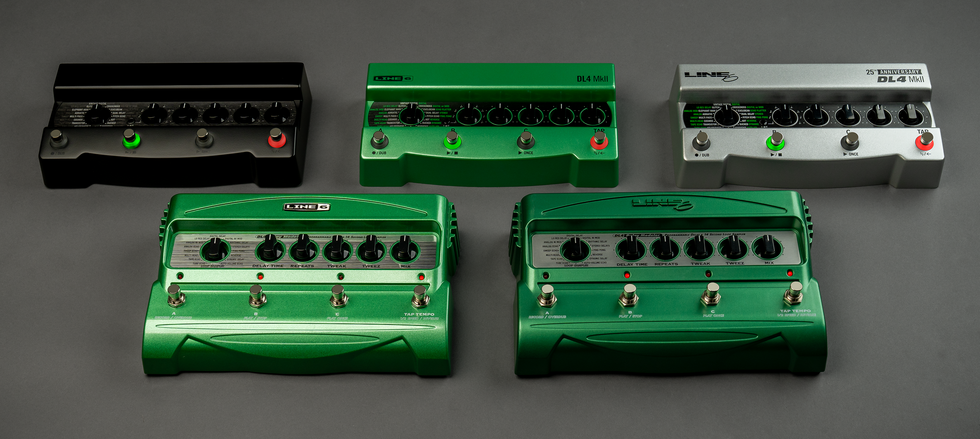
Like most legends, the DL4 has spawned a host of imitators. Looping and sampling have become powerful tools for guitarists and other musicians, and while the DL4 may not have been the first, it’s largely seen as the big daddy of the art form.
“The DL4 didn’t really break any new ground, yet it was a major leap,” observes Tripps. “It didn’t improve on existing delays as much as it created a whole new instrument. It put a lot of power on the floor for guitarists, along with a really intuitive interface. Almost by accident, it made looping accessible for live performance.”
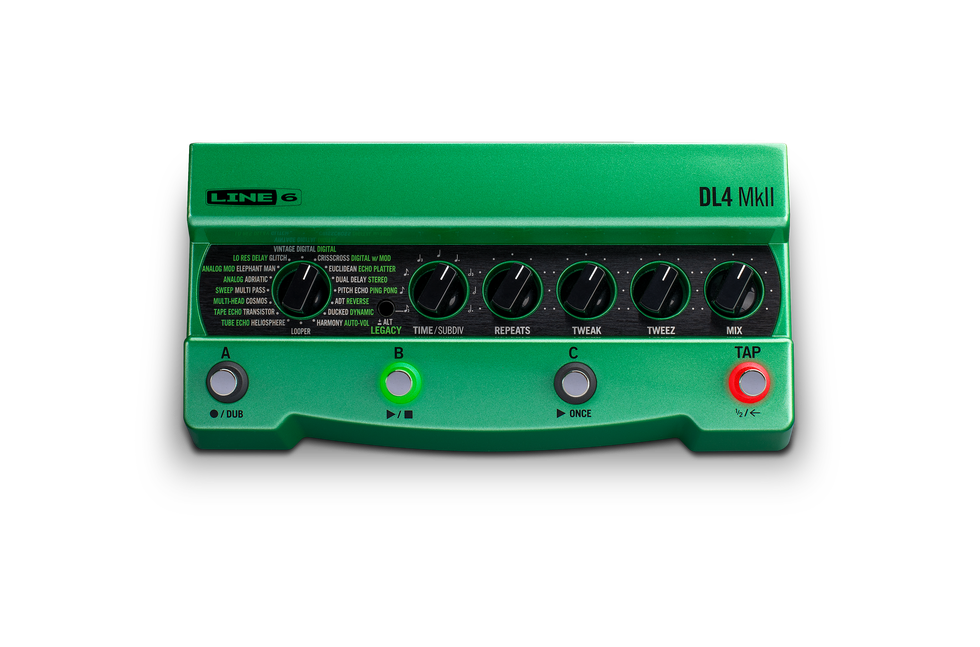
It’s hard to believe it’s been nearly 25 years since the DL4 made its debut. Technology has obviously come a long way since then, and Line 6 has recently unveiled a new commemorative 25th Anniversary edition of the iconic pedal. The Mk II version adds to the legend without taking away the features that made it what it is. “The MkII just improves upon an already great pedal,” Knudson observes. “Honestly, one of the best things is just the smaller footprint on the pedalboard. As we know, boards are increasingly becoming competitive as to how much stuff you can squeeze on there! But I love the additional delays and reverbs. The classics are obviously my go-to choices, but I love how it has evolved and elevated with current trends with guitarists but still stayed true to form in what made it so wonderful in the first place.”
The quiet impact of the DL4 is something no one would have foreseen. Much like a band making a record, all the best laid plans won’t predict the public’s response. Will it thud like a tree in an empty forest, or be gone tomorrow like a flash in the pan? Like a hit single, only time will tell if it has the staying power to become a legend. As Tripps concludes, “It was the right combination of great minds, great ideas, and great execution, at the right time.”
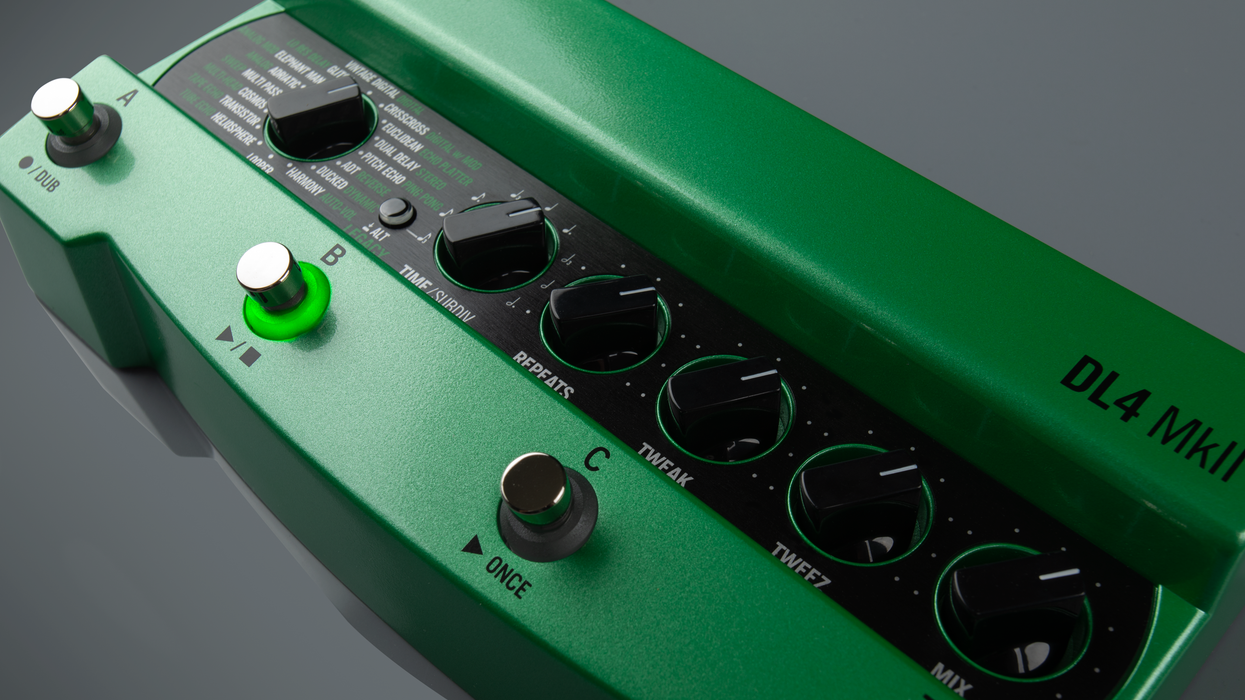
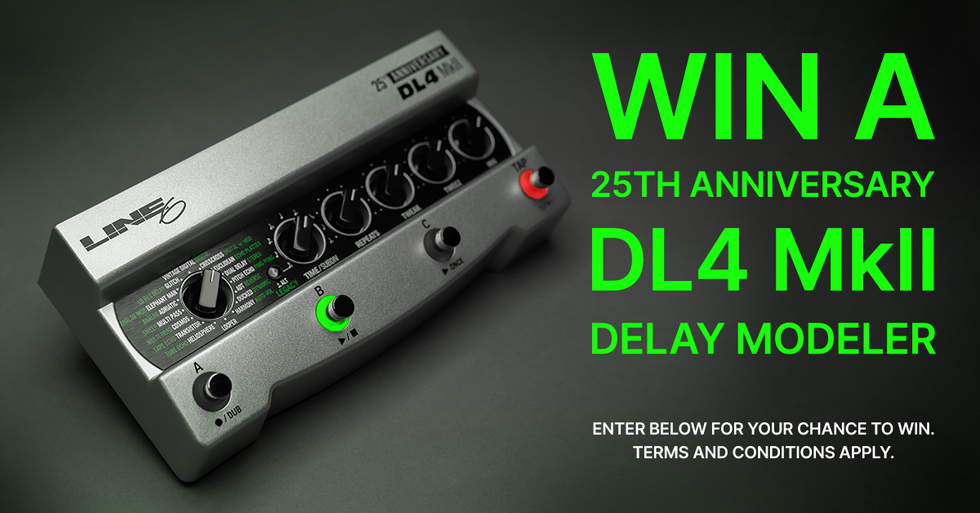


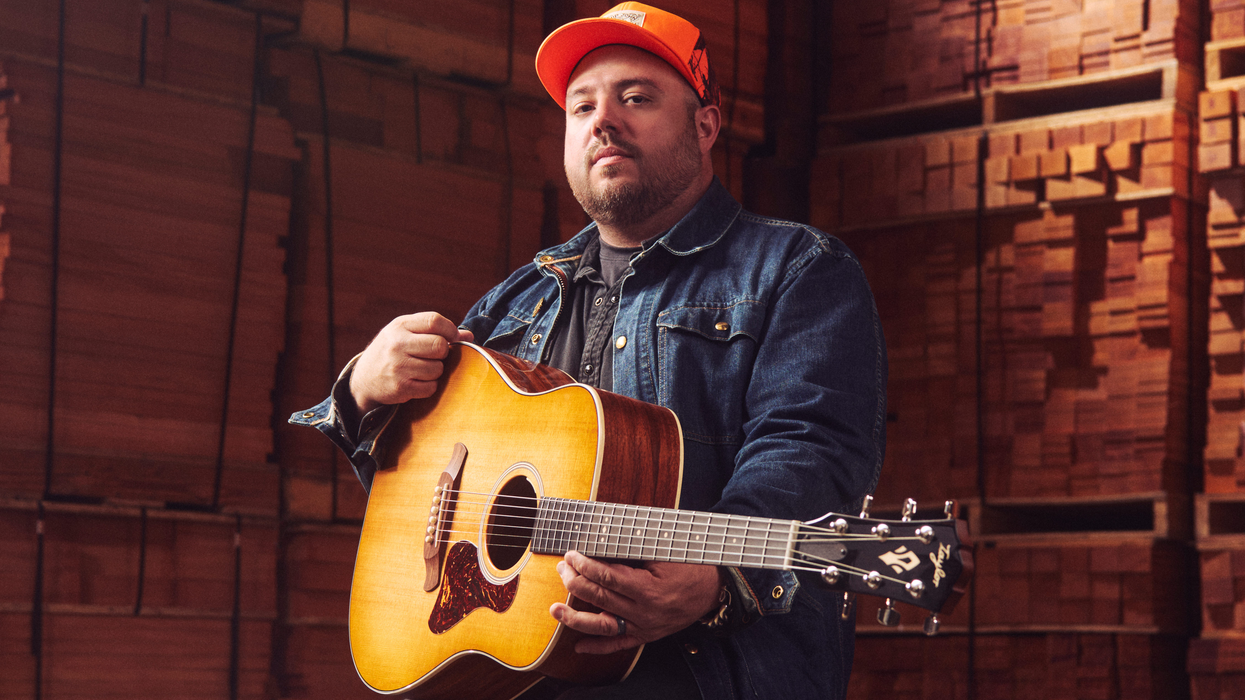


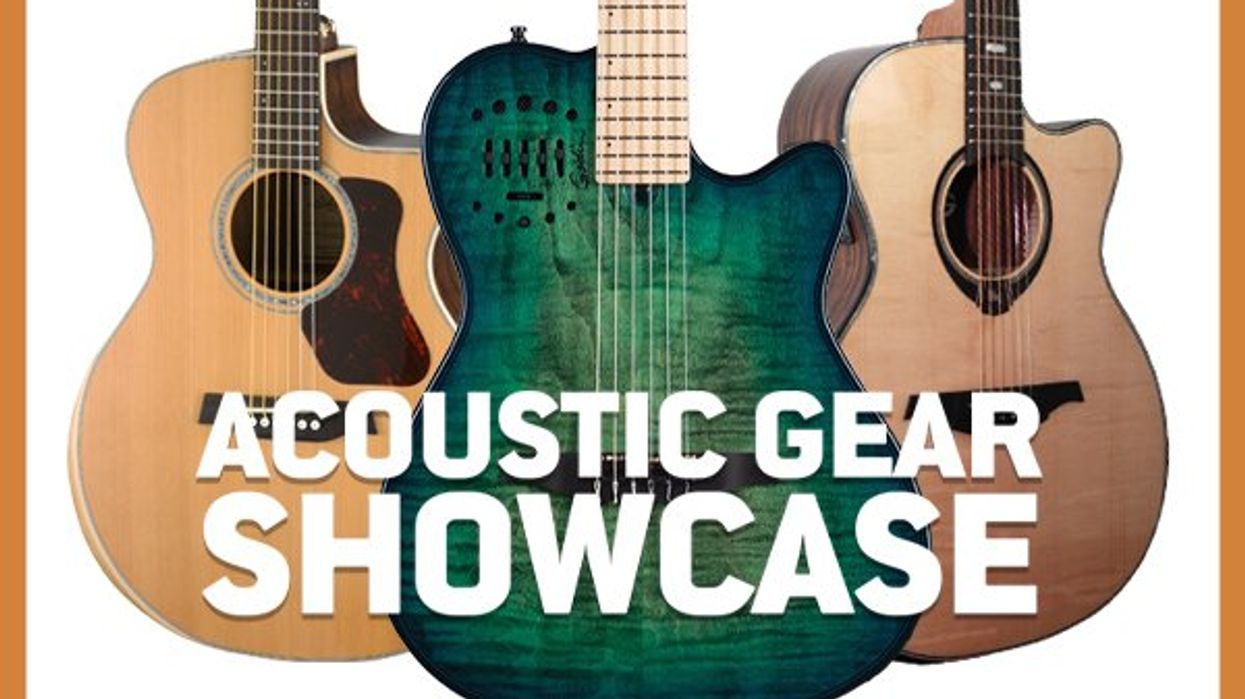

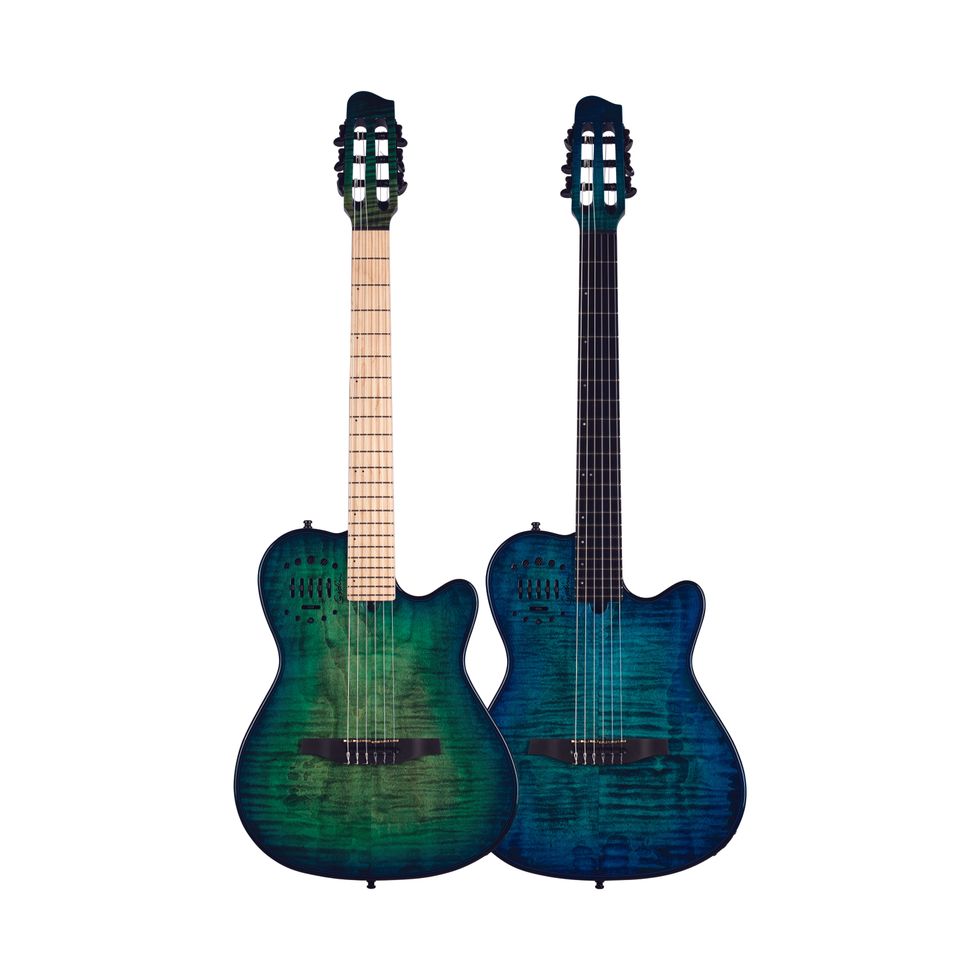
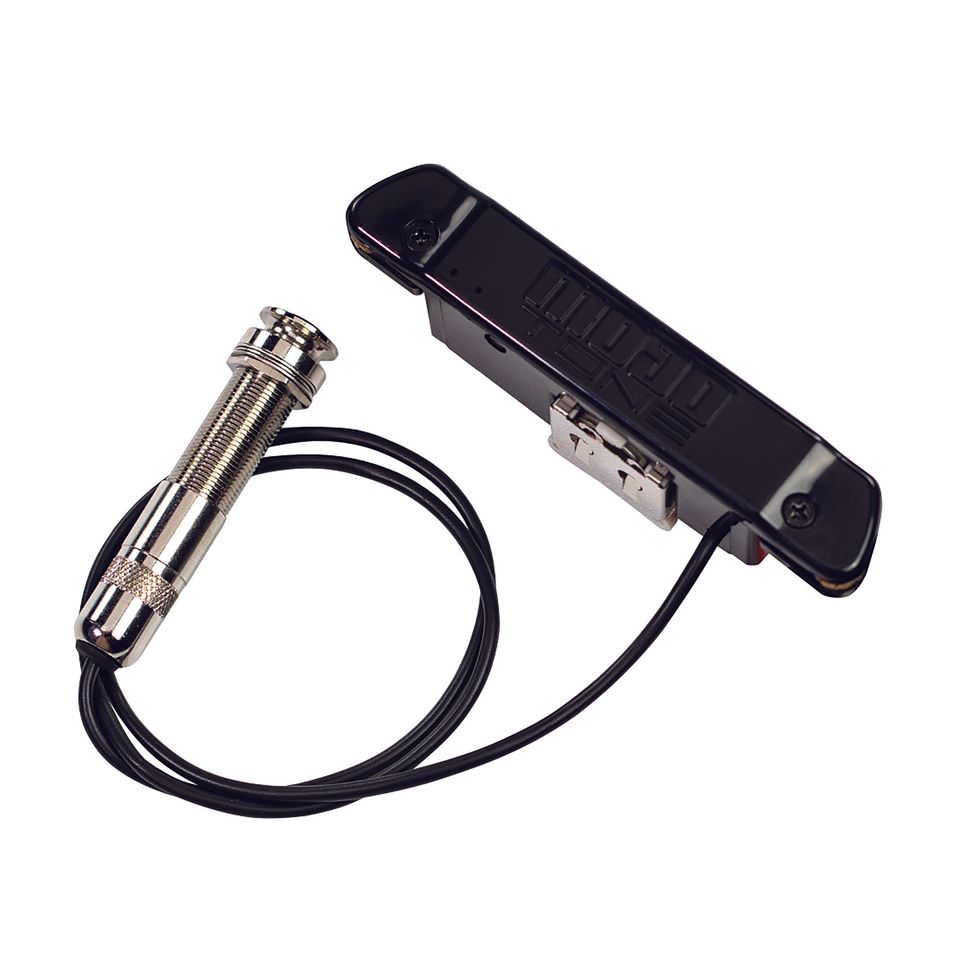

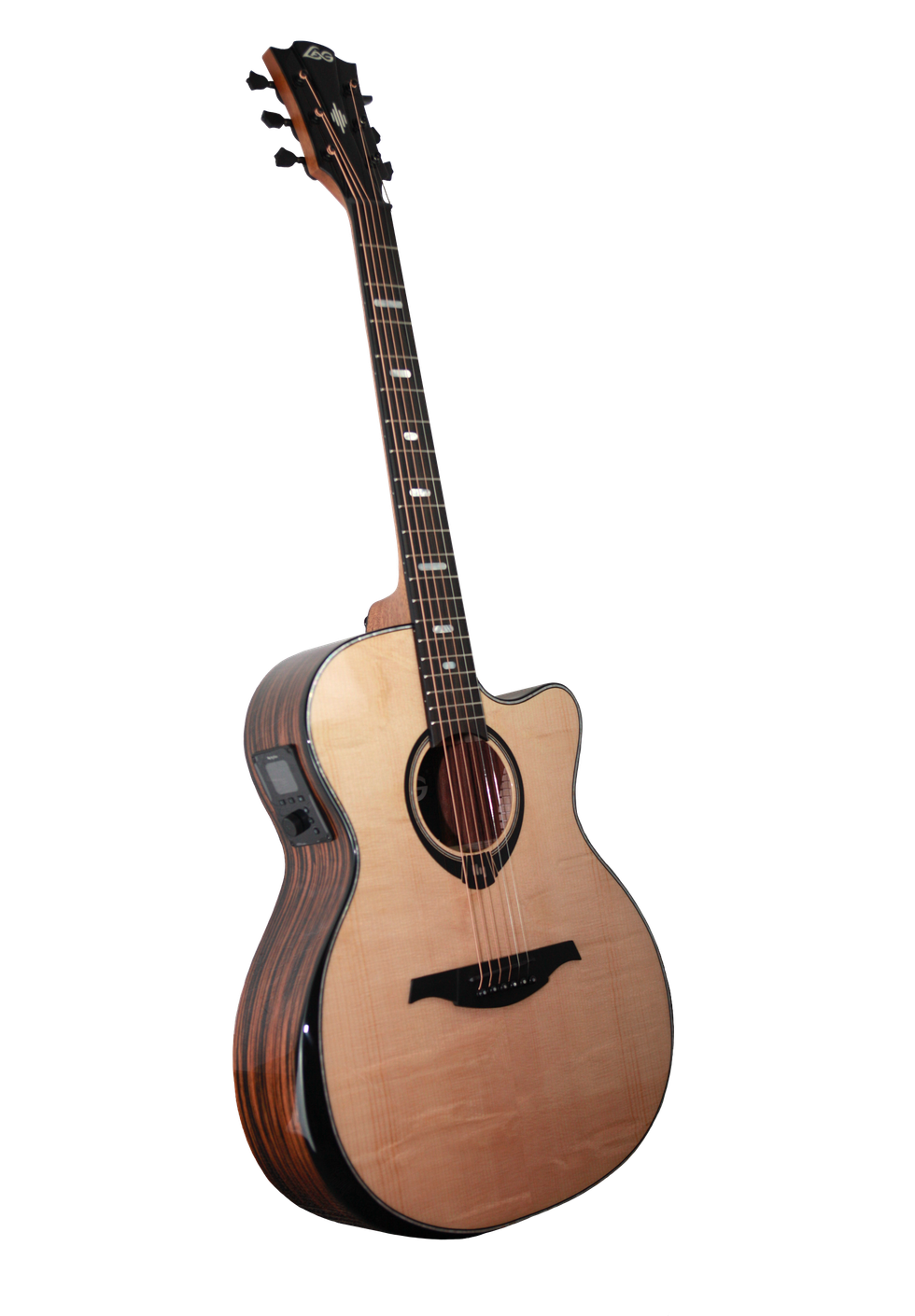
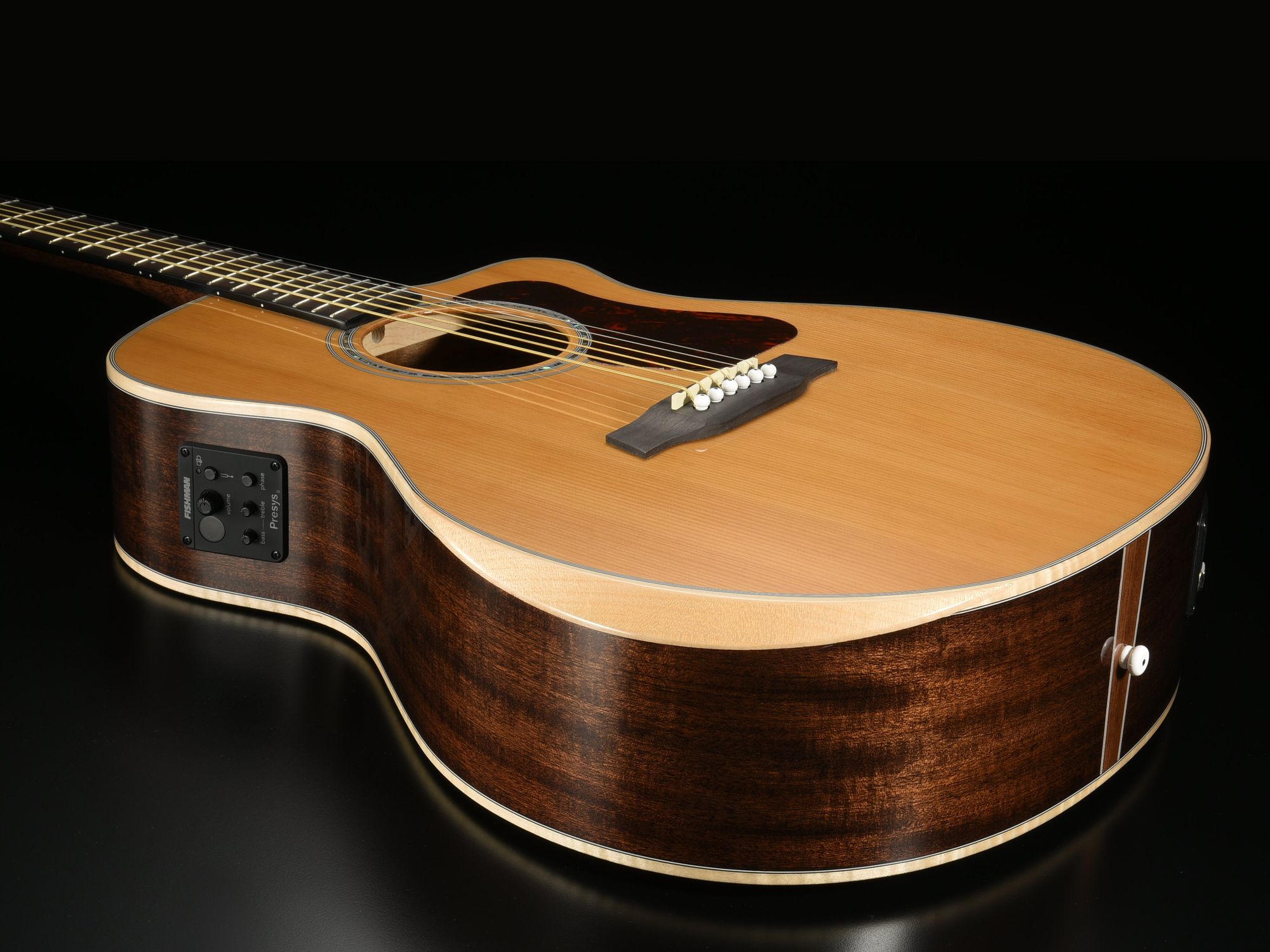





![Rig Rundown: AFI [2025]](https://www.premierguitar.com/media-library/youtube.jpg?id=62064741&width=1245&height=700&quality=70&coordinates=0%2C0%2C0%2C0)

